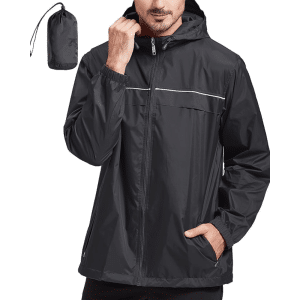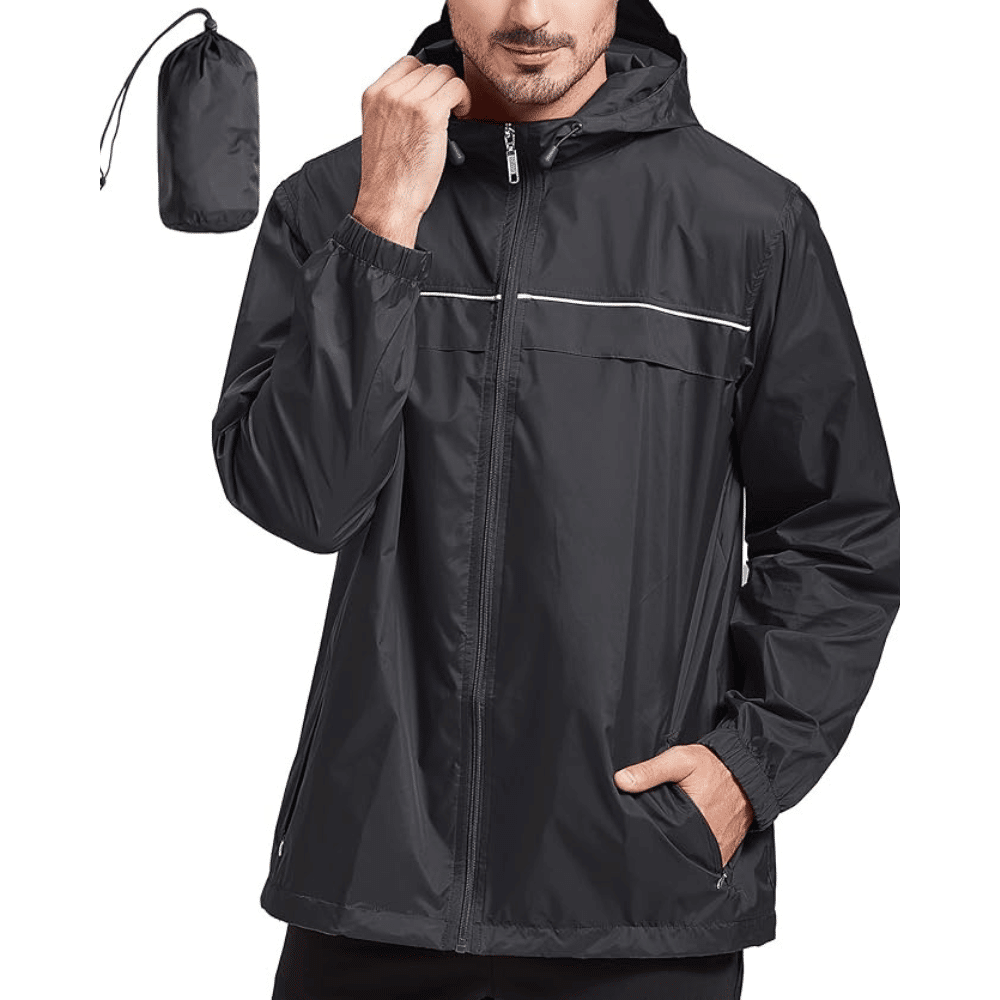When I step onto the golf course, I'm there to play my best game. But there's another challenge I always face: the weather.
It matters just as much as my club selection or my swing technique. It can change rapidly, affecting both my comfort and performance.
That's where layering comes in.
Layering for golf isn't about throwing on a sweater and calling it a day. It's a strategic approach to clothing that allows me to adapt to temperature shifts and weather changes seamlessly.
The right layers provide me with mobility so my swing remains unrestricted.
They're lightweight enough to maintain my comfort and styled to meet the sophisticated expectations of clubhouse fashion.
Colonies of golfers daily navigate this sartorial puzzle—juggling the need to stay warm against the risk of overheating. They weigh style against substance on a field where both are non-negotiable.
My goal is to help you find that balance, giving you a competitive edge that won't compromise your swing or your style.
Understanding the climate is the foundational layer to structuring your golf attire.
A misty morning can turn into a sweltering noon or a breezy afternoon without notice. My advice is to plan for variability.
Fabric technology has advanced to a stage where it's possible to wear garments that can cool you down, warm you up, and shield you from the elements when necessary.
In the following section, I'll tackle the challenge of golfing in the summer heat.
We'll look at choices that help you remain cool and dry while protecting you from the sun's glare. I ensure my advice is practical, drawing from my experiences and those of golf professionals.
The end goal? To keep you comfortable and focused on the game, regardless of the sun's intensity.
Sunshine and Warmth: Dressing for Summer Golf
When summer arrives, golf courses shine in their full glory. Yet, those long hours under the sun demand thoughtful choices in apparel to keep you comfortable through eighteen holes.
Opt for lightweight fabrics that speak of breathability and keep perspiration at bay.
Synthetic blends often lead the pack, thanks to their moisture-wicking properties that draw sweat away from your body to the fabric's surface, where it can evaporate.
There's something equally critical as selecting your shirt and trousers: sun protection.
Skin care isn't just for the beach. On the golf course, a good hat can shield your face, while quality sunglasses protect your eyes from harsh glares, ensuring better vision for each swing.
Moreover, considering ultraviolet (UV) protection built into your clothing is a smart move.
Many golf shirts now come with a UPF (Ultraviolet Protection Factor) rating, similar to SPF in sunscreens.
Such apparel can form a barrier against the sun's harmful rays, enabling you to focus on your game without fretting over sunburn.
I always remind fellow golfers to stay hydrated and take breaks in the shade when needed.
Proper clothing plays a role, but it's also about listening to your body and knowing your limits under the summer sun.

Bracing the Breeze: Layering for Windy Conditions
When you're teeing off and a brisk wind sweeps across the fairway, you realize that mastering your swing isn't the only challenge—you must also conquer the breeze.
The key is to shield yourself effectively without hindering your performance.
The base layer plays defense against that biting wind-chill. It should hug your body snugly, trapping warmth while remaining lightweight.
Look for high-performance fabrics like polyester blends that also provide moisture management
Then comes your mid-layer, which is all about insulation. A fleece or soft-shell jacket retains heat and offers flexibility for those full-shoulder turns.
Ensure it's not too bulky; you want zero restrictions on your range of motion.
For the outermost defense against gusts, a windbreaker is essential.
Features to seek include stretch panels for movement, an adjustable waistband to keep the chill out, and perhaps water resistance for drizzly weather surprises.
And let's not overlook accessories. A beanie for warming your ears or a neck gaiter can be vital add-ons.
They layer effortlessly on or off as conditions change, keeping the focus on your game, not the cold.
Remember, materials and fit are paramount when battling the wind. If they're not up to par, your game could suffer.
Heavier does NOT always mean warmer, but right choices mean you're prepared, comfortable, and, importantly, focused on the next hole.
Conquering the Cold: Tips for Winter Golf
Winter brings a fresh challenge to the golf course, demanding more than just skillful strokes and focused gameplay.
As temperatures drop, choosing the right attire becomes crucial to maintaining both comfort and performance. A winning strategy starts with thermal technology.
Clothing engineered with thermal properties traps body heat without unnecessary bulk, allowing for a full range of motion during your swing.
When I mention outerwear, the primary concern is insulation paired with breathability.
Traditional bulky jackets are a no-go as they inhibit movement.
What you need is a modern insulated jacket specifically designed for athletic activities, which will keep your core warm without impeding your arms' freedom.
Can't overlook the extremities—your hands and feet are vital in golf.
Hand warmers can be a game-changer, slipped into pockets when not taking shots, and thermal socks are essential to prevent cold feet, which can distract you from your game.
Keep in mind, winter golf gear, while specialized for warmth, should respect the traditional dress codes of the sport.
Layering for cold weather is about smart choices, like adding a thermal vest under your jacket on especially chilly days.
This gives you the option to remove a layer if you find yourself too warm after a few holes. It's flexibility that keeps your game sharp, no matter how low the mercury dips.
Conclusion: Mastering the Elements through Smart Layering
You've now armed yourself with the knowledge to tackle any weather condition on the golf course.
Every scenario, from scorching summer heat to the unpredictability of wind and rain, requires a considered approach to your attire.
It's clear that the key to mastering the elements lies in adaptive layering.
Your personalized layering strategy should reflect not only the climate you play in but also accommodate your unique style of play.
Some golfers may prefer lighter layers that maximize range of motion, while others prioritize insulation for warmth during those chilly early morning rounds.
Remember to always prioritize comfort, mobility, and performance compatibility with your golfing attire.
The right clothing will not only comply with course dress codes but will enhance your playing experience, ensuring that your focus stays fixed on your swing, not your sweater.
Before your next tee time, review your golf wardrobe. Invest in versatile pieces that can be combined or stripped down as conditions demand.
Look for quality in construction and fabric technology to get the most out of your investment.
Finally, ENJOY THE GAME. Golf is as much a test of mental resilience as physical ability.
Dressed appropriately, you'll keep distractions at bay and play your best, no matter what mother nature decides to throw your way.


